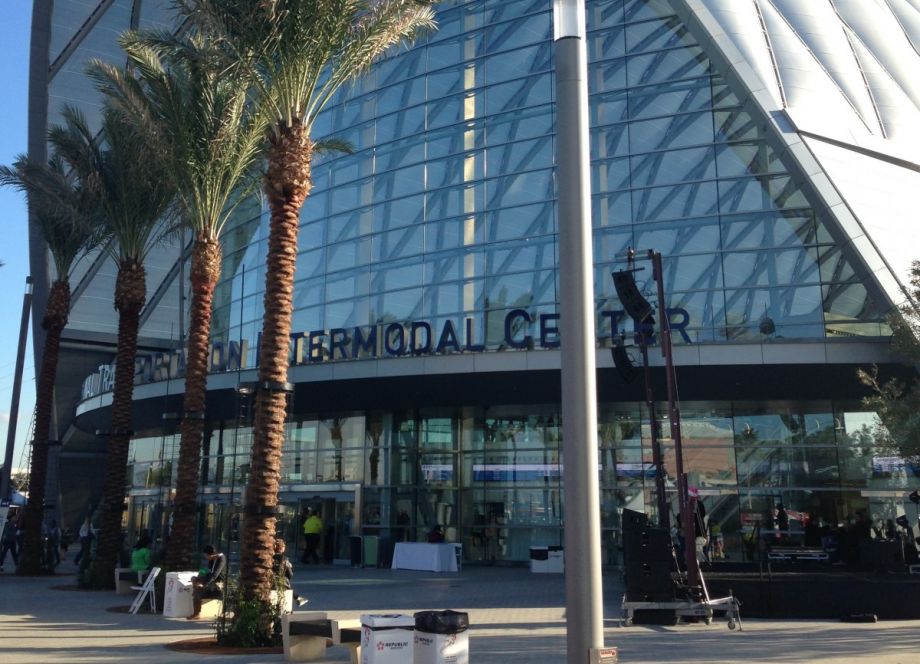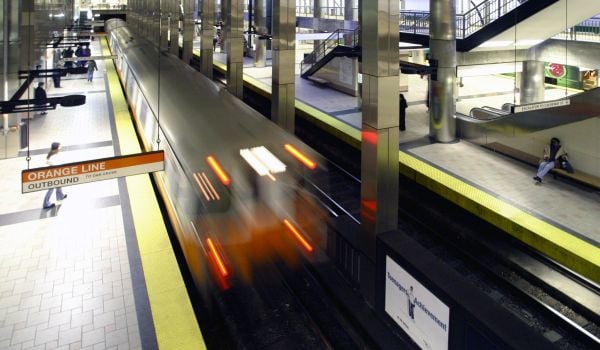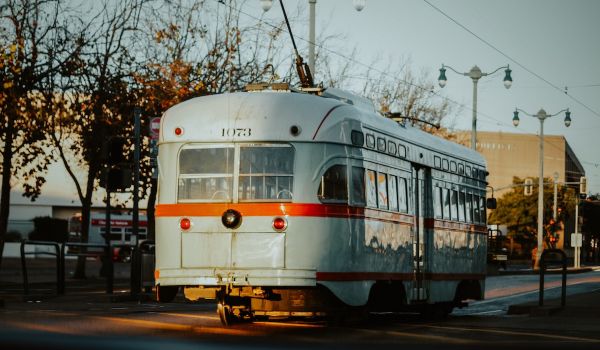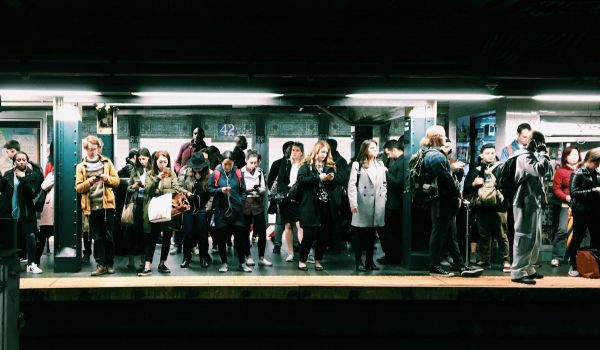Are intermodal transportation hubs this year’s infrastructure must-have? With new centers going up in at least four small cities, train-bus-bike stations are starting to look like 2015’s green lane — a match-all municipal accessory to go with road, sidewalk or rail.
In case hot infrastructure trends aren’t your thing, intermodal transportation hubs (also called multimodal transit centers) vary from city to city, but essentially they’re places you can shift from one form of transport to the next. And as anyone who frequents Penn Station will tell you, they’re not new.
“They’re like train stations or bus terminals,” says Todd Litman, executive director of the Victoria Transport Policy Institute (VTPI). “Even if what we call them changes, their basic function doesn’t.”
But they do represent a shift for the cities building them.
Penn Station is in New York, and as we all know, most people in New York move around without a car. In North Charleston, South Carolina — where a proposed center would bundle rail lines, buses, taxis and limos — that’s overwhelmingly not the case. The same goes for Amarillo, Texas, where a still germinating plan combines buses, taxis and bikes. And as I wrote in March, Anaheim, California — the location of a gleaming new Amtrak station/bus hub/park-n-ride — is so Orange County car-centric, its most famous church was inspired by a drive-in movie theater.
Of course, like any must-have item, the intermodal transportation hub is not free. Far from it, in Anaheim’s $188 million case. The hubs in South Carolina and Texas will probably have more modest price tags (North Charleston’s is projected to cost about $14 million, Amarillo’s doesn’t appear to have an estimate yet), but a fourth in Silver Spring, Maryland, will come at a total cost of about $141 million.
Are they worth it? Many of the reporters covering Anaheim’s station, ARTIC, don’t think so. Take a look at some of the project’s bad press and you’ll see several themes: 1. The fact that it cost $188 million and acted only as a bundler — without adding much new transportation to the city’s overall mix; and 2. The fact that ridership has not risen as dramatically as planners forecasted.
As more cities invest in centralizing nodes, the first concern, particularly, merits a closer look. With limited funds, should cities bundle or focus on expansion? Are intermodal transportation hubs fancy capital projects tailor-made for ribbon cuttings or anchors for future investment — even if they don’t up ridership right away?
Litman, who specializes in transportation systems research, sees the latter.
“There’s a huge value to improving the connections that exist, whether or not you’re increasing the modes,” he says. “I would challenge anyone who criticizes that to spend a week without a car.”
Smoothing transitions may not sound as valuable as, say, increasing bus frequency or building a new light-rail line. And maybe it isn’t — but last mile data shows that even small inconveniences tend to keep people who can afford to drive in the driver’s seat. In a VTPI paper updated this year, Litman makes a similar point.
“For a typical transit trip, 10-30 [percent] of travel time is spent waiting, and passengers tend to be particularly sensitive to the conditions where they wait,” it reads, concluding that the quality of North American transit stops acts as “a major deterrent to transit travel.”
Michael McNally, a professor with the Institute of Transportation Studies at UC Irvine, doesn’t disagree that hubs like the one in Anaheim can act as a system anchor. But he’s critical of ARTIC, writing in an email that it seems like “too much too soon from a transportation perspective.”
The reason, he elaborates when we speak on the phone, is that hubs don’t dictate transportation patterns — destinations do. Poking fun at the station’s amenities (oyster bar, organic coffee kiosk), he points out that the center’s proximity is ideal for two kinds of travelers: people attending events and regular commuters. Neither, he believes, is likely to make a modal shift for oysters.
“It’s not going to draw people,” he says. “It’s not an end in itself.”
In other words, ARTIC’s high-end investment in form seems out of step with the station’s function — though he adds that that could change with high-speed rail.
Still, speaking on the general concept of hubs (and voicing no opinion on oysters), Litman questions our cultural reluctance to invest in any kind of transit frill. The reason: From zoning codes to public subsidies, we spend a whole heck of a lot on parking lots, which are basically the car version of the hub.
“People get all hot and huffy about transportation dollars being spent on transportation and not on amenities and incidental things that don’t make anyone travel faster,” he says. But, he adds, parking lots are often shaded, decorated and full of signage to make the transition smoother.
To encourage a true modal shift, he adds, “we have to prioritize that level of convenience and comfort.”
But good signage is one thing; oysters are another. For city leaders eyeing transit hubs, that’s perhaps the best takeaway. Yes, transit dollars should be spent on stations that facilitate easy connections. They don’t need to come with seafood.
The Works is made possible with the support of the Surdna Foundation.

Rachel Dovey is an award-winning freelance writer and former USC Annenberg fellow living at the northern tip of California’s Bay Area. She writes about infrastructure, water and climate change and has been published by Bust, Wired, Paste, SF Weekly, the East Bay Express and the North Bay Bohemian
Follow Rachel .(JavaScript must be enabled to view this email address)

















